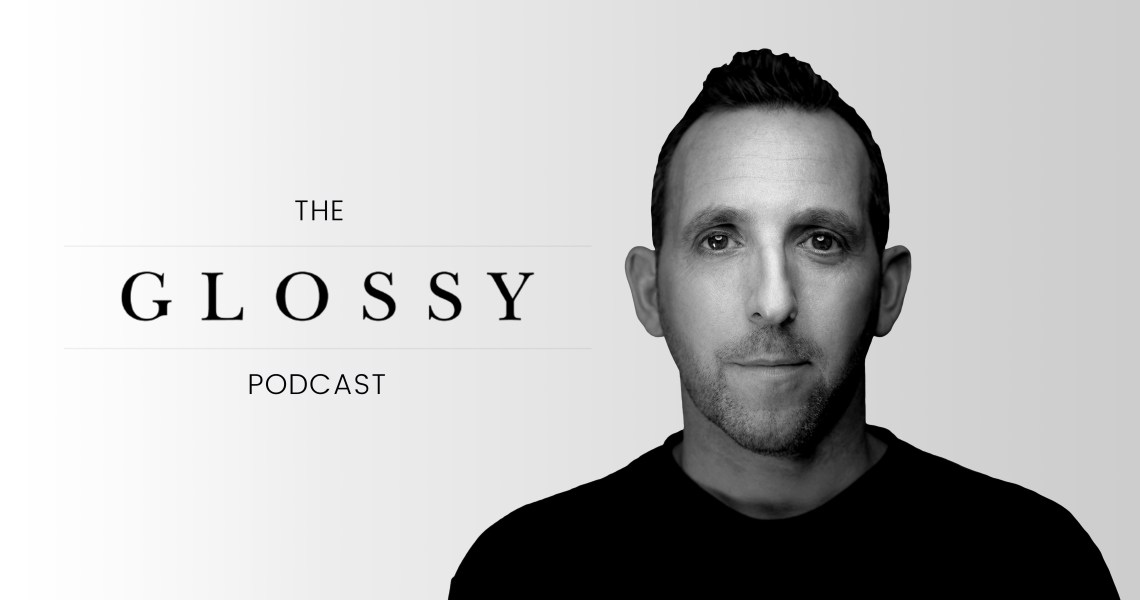Subscribe: iTunes | Stitcher | Google Play |Spotify
When Ryan Babenzien decided to launch his own sneaker company in 2014, the direct-to-consumer brand boom was in full swing. He saw it as an opportunity to develop a brand that struck a balance between traditional and digitally native retail.
“Today, the differentiator, for the most part, is that incumbent brands are trying to get more digital. We’re growing our [business] through a few stores, but the volume of our business will always be online.”
Over the last four years, Babenzien’s brand, Greats, has raised over $10 million in venture capital, grown a booming e-commerce business, opened several of its own brick-and-mortar locations and teamed up with wholesale partner Nordstrom.
In this week’s episode of the Glossy Podcast, Hilary Milnes sits down with Babenzien to discuss how he’s growing a brand that embraces DTC and traditional retail, balances quality and cost, and serves casual and fashion-forward dressers alike. Below are excerpts from the conversation, edited for clarity.
Why DTC is a win-win
“I think the reason direct-to-consumer brands are so meaningful today is because we’re all making something that should be better than the old version, the wholesale version, and giving you a better price. So it’s really a win-win. The business economics work for the brand. The price of digitally native brands is generally better for the customer, and you’re getting a higher quality. ”
Ad position: web_incontent_pos1
Finding the right wholesale partner
“You give up some things when you work with a wholesaler: You give up a little bit of the brand control and you don’t have the direct relationship with the customer. In order to do that, and feel confident that it’s going to be OK, you have to work with a wholesaler that’s going to emulate what you do on your own. We have a lot to learn from Nordstrom. They are known for having the best customer service company in the world, and that was a big thing for me. Their obsession with their customers is the same as ours. So out of all the wholesalers we could have worked with, and were approached by, we felt they were the best.”
Balancing everyday and high fashion
“The way we talk about our product is ‘premium quality essentials.’ Some of those are more fashionable, so every season we come out with a color or print that is very fashion-forward. But the core of our business is the thing that you’re going to wear every day, every week, every year. Everybody needs a great white sneaker, they just do. That’s a big part of our business. Does every person need a silk, chiffon, fuchsia-colored sneaker? Probably not. But some people buy it for fashion, and it’s gone, and then they get rid of it or they stop wearing it. We don’t want to be all white, or all navy, or all tan, all the time. We also don’t want to be all fashion. You’ve got to find the right balance, and that’s who we are as a brand.”
Making high quality a brand standard
“We define quality in a few different ways, but to boil it down, if we can save $3 on a shoe to use a sub-par leather, that’s a lot of money, and most brands would be forced to do that because they need to find the profit somewhere. We don’t do that. We use the more expensive leather, and we use the better factory, because we want to offer the best we can. We wouldn’t do it at the expense of being able to be a sustainable business, meaning a profitable one, which we’re on path to be. But we don’t want to cut corners to save a few pennies.”




